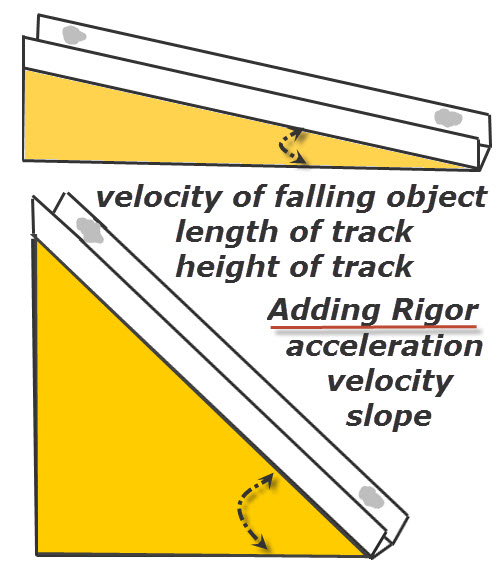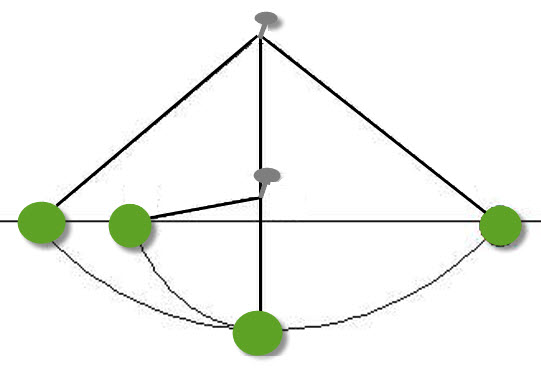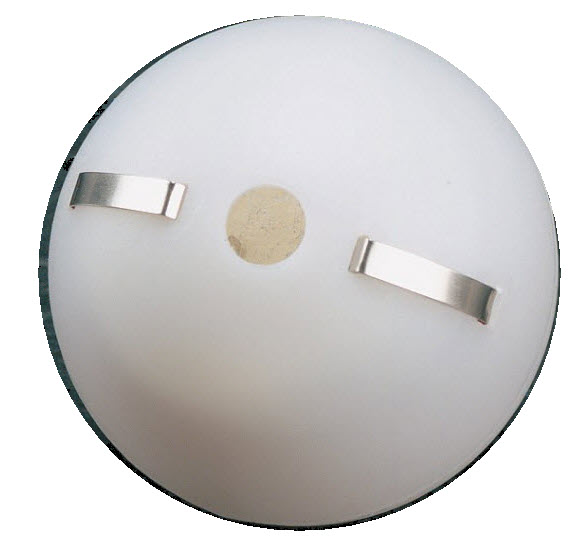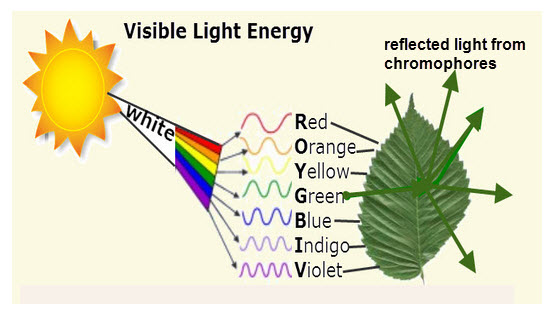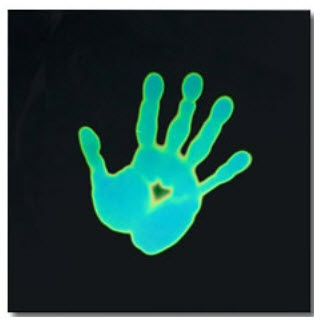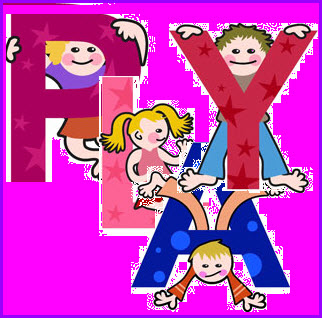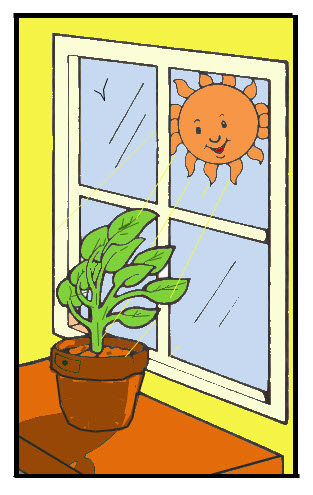Wall Coaster by Janice VanCleave www.scienceprojectideasforkids.com Objectives Students will: study the motion of freely falling objects; student the motion of objects on a ramp at different slopes, angles, and heights. Background The Italian scientist Galilei Galileo (1554-1642) did not have accurate timers. Thus Galileo could not with accuracy test his hypothesis about the motion […]
Galileo’s Pendulum Experiment
Galileo Investigated Ways to Slow Acceleration Due to Gravity The Italian scientists Galilei Galileo (1564-1642) ) established experimentally that heavy objects fall at practically the same rate. It was obvious to this scientists that a feather and heavy stone did not fall at the same acceleration. But, heavy objects of different masses appeared to fall […]
Energy: Electric, Light, Sound
Preview in new tab A “Mystery Ball” is used to demonstrates three types of energy: electric energy light energy sound energy Objectives: 1. To describe the physical properties of the energy ball.2. To identify the the types of energy produced by the Energy Ball: electric energy, light energy, and sound energy.3. To describe the difference […]
Who Wants to Cook with Chemicals?
Let’s Use Our Hands to make a Chemical Mixture Homemade play dough is a great science experiment for young learners. But, more than learning about chemistry, this play dough activity connects to other curriculum, including math and art. But one of the best parts is that it is FUN! Even adults will want to get […]
What Are Chromophores?
Leaves are green because they contain chlorophyll, a pigment whose molecules absorb all the light energy in the visible light spectrum except the parts producing the green color of the leaf, which is reflected. Chromophore is the name of the chlorophyll functional group (aka moiety) of the chlorophyll molecule.Organic pigments (chemicals that have color) have […]
Earth Circles the Sun
Hi, The diagram Earth’s revolution around the Sun shown below represents Texas’ 8th Grade Science Standard: Model and illustrate how the tilted Earth rotates on its axis, causing day and night, and revolves around the Sun causing changes in seasons. The dates for 2014 and 2015 seasons in the Northern Hemisphere are correct, thus students […]
Color Changing Chemicals
Thermochromic (TC) materials change color in response to temperature changes. The two basic types of thermochromic substances are liquid crystals and Leuco dyes. Liquid Crystals (LCs) can be highly temperature sensitive, change to many colors, and are more expensive than leuco dyes. The picture shows a liquid crystal sheet. Prior to being touched with a hand, […]
Play and Find Out About Science
Notes from Janice’s Desk Q. When should children start learning about science? A. Science is a process learned in daily life experience from an infant discovering his/her hands and fingers to a child conducting more involved investigations in the classroom, and even throughout adult life. Kids studying science long before they go to school. Parents […]
Absorption:Bloated Gummi Bear
Soluble, Insoluble, Absorb, Hydrate, Dehydrate Things that dissolve in water are said to be soluble. Things that do not dissolve in water are said to be insoluble. Some things absorb water, such as paper towels and bath towels, they could be said to be hydrated. Dehydrated means to lose the absorbed water. What Happens When Gummi […]
How to Write An Experimental Science Project Question
Building an Experimental Science Project Question New Science Terms causeeffectcontrolled variablesdependent variableexperimental questionindependent variablevariables An experimental question is a cause-effect question. Note: Things that can be changed or change on their own are called variables. In an experimental question, the variable that causes another variable to change is called the independent variable. The variable that […]
- « Previous Page
- 1
- …
- 6
- 7
- 8
- 9
- 10
- …
- 96
- Next Page »
